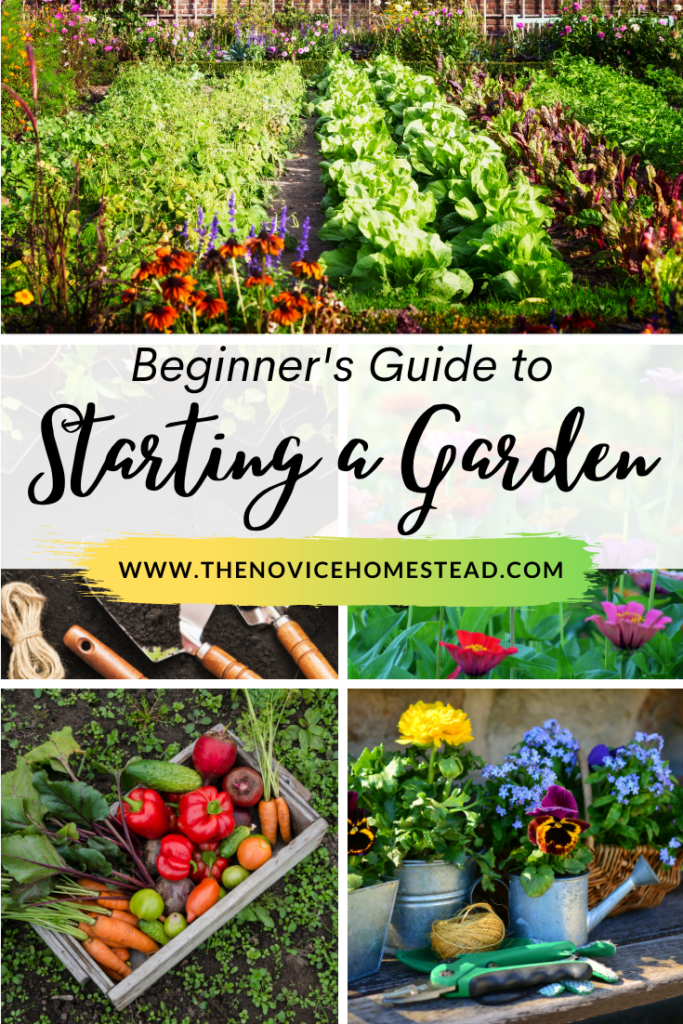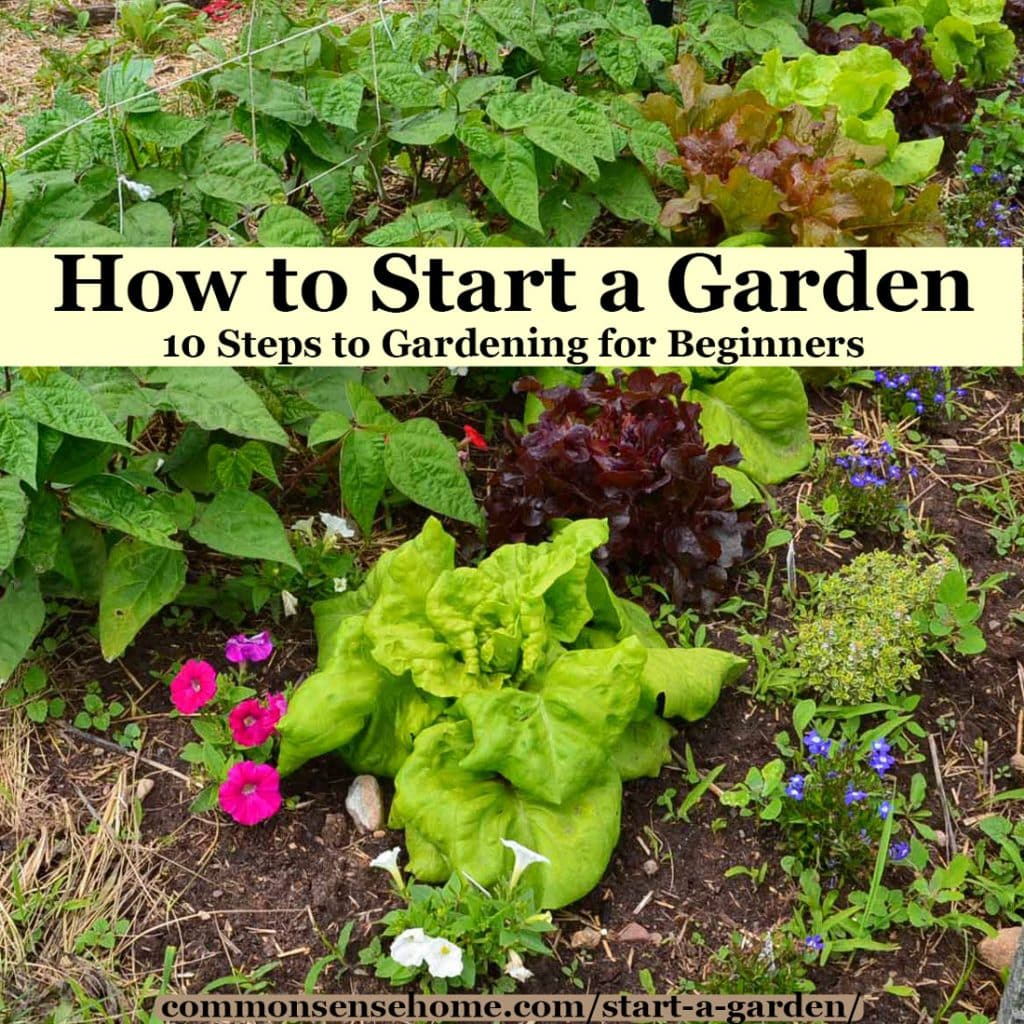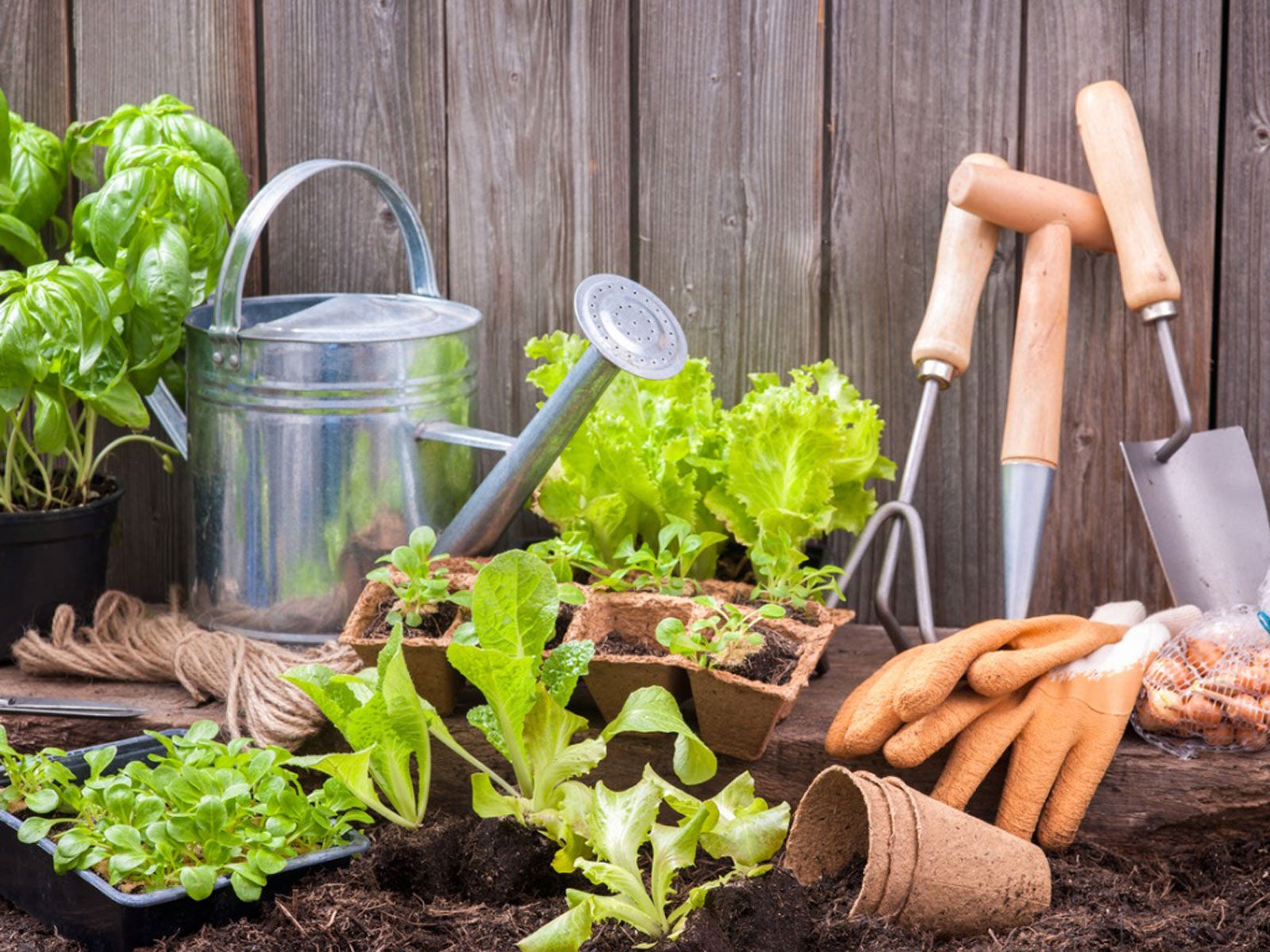“how to start a garden
- Indoor Plant Ideas
- How to Source Bulk Tropical Houseplants
- Drought Resistant Plants
- Flowering Outdoor Plants
- Shade Loving Plants
Table of Content
- 1 From Dream to Green: Your Comprehensive Guide to Starting a Garden
- 1.1 I. The Seed of an Idea: Why Start a Garden?
- 1.2 II. Planning Your Green Oasis: The Blueprint for Success
- 1.2.1 A. Define Your Vision & Goals
- 1.2.2 B. Assess Your Site: Location, Location, Location
- 1.2.3 C. Choose Your Garden Style
- 1.2.4 D. Sketch Your Design
- 1.3 III. The Foundation: Building Healthy Soil
- 1.3.5 A. Soil Testing: Know Your Dirt
- 1.3.6 B. Amend & Enrich: The Power of Organic Matter
- 1.3.7 C. Tilling vs. No-Till
- 1.4 IV.
Absolutely! Here’s a comprehensive article on "How to Start a Garden," aiming for approximately 1600 words, designed to guide beginners through every essential step.

From Dream to Green: Your Comprehensive Guide to Starting a Garden
The allure of a vibrant garden, teeming with fresh produce, fragrant flowers, or lush greenery, is a powerful one. It promises a connection to nature, the satisfaction of growing your own food, and a serene escape from the daily grind. Yet, for many, the idea of starting a garden feels daunting – a complex endeavor reserved for those with a "green thumb." The truth, however, is that gardening is a skill learned through doing, a journey of discovery that rewards patience, observation, and a willingness to get a little dirt under your fingernails.
This comprehensive guide will break down the process of starting a garden into manageable steps, transforming that initial dream into a tangible, thriving reality. Whether you envision a sprawling vegetable patch, a compact herb haven, or a colorful flower bed, the foundational principles remain the same. Let’s dig in!
I. The Seed of an Idea: Why Start a Garden?
Before you even think about soil or seeds, take a moment to understand why you want to garden. Your motivation will shape your approach and sustain you through inevitable challenges.
- Health & Wellness: Growing your own food means access to incredibly fresh, often organic, produce. You control what goes into your plants, eliminating concerns about pesticides or unknown chemicals. The physical activity of gardening is a fantastic low-impact workout, and spending time outdoors has proven mental health benefits, reducing stress and improving mood.
- Fresh, Nutritious Food: Nothing compares to the taste of a tomato ripened on the vine or herbs plucked moments before they hit your plate. Homegrown produce often boasts higher nutrient levels and superior flavor compared to supermarket alternatives.
- Environmental Impact: Gardening supports local ecosystems, attracts pollinators like bees and butterflies, and can reduce your carbon footprint by minimizing food transportation. Composting garden waste further closes the loop, creating nutrient-rich soil amendments.
- Educational Value: Gardening is a perpetual learning experience. You’ll learn about plant biology, soil science, local climate patterns, and integrated pest management. It’s also a wonderful way to teach children about where food comes from and the cycles of nature.
- Beauty & Serenity: A well-tended garden adds aesthetic appeal to your home and provides a peaceful sanctuary for relaxation and contemplation.

II. Planning Your Green Oasis: The Blueprint for Success
Effective planning is the cornerstone of a successful garden. Skipping this step often leads to frustration and wasted effort.

A. Define Your Vision & Goals
- What do you want to grow? Vegetables? Herbs? Flowers? A mix? Be specific.
- How much space do you have? A small balcony? A spacious backyard?
- How much time can you commit? Daily? Weekly? Weekends only?
- What’s your desired outcome? Self-sufficiency in certain crops? A beautiful outdoor living space? A source of fresh herbs for cooking?

B. Assess Your Site: Location, Location, Location
This is arguably the most critical planning step. Plants need specific conditions to thrive.
- Sunlight: Most vegetables, herbs, and flowering plants require at least 6-8 hours of direct sunlight per day (this is considered "full sun"). Some, like leafy greens (lettuce, spinach) and root vegetables (carrots, radishes), can tolerate "partial sun" (4-6 hours), while a few shade-loving plants (hostas, ferns) need less. Spend a day observing your potential garden spots, noting how many hours of direct sun each area receives.
- Water Access: Your garden will need regular watering, especially during dry spells. Is there a water source (hose bib, rain barrel) nearby? Dragging hoses across long distances can be a chore.
- Drainage: Good drainage is essential. Plants hate "wet feet." If water pools in an area for more than an hour or two after a rain, it’s likely poorly drained. You might need to amend the soil significantly or consider raised beds.
- Protection: Consider wind, curious pets, or playful children. A fence or strategic planting can offer protection.
C. Choose Your Garden Style
Your available space and personal preference will dictate the type of garden you establish.
- In-Ground Beds: The traditional approach, where you cultivate directly in the existing soil. Best for larger areas, but requires significant soil preparation.
- Raised Beds: Framed beds (wood, stone, metal) filled with imported soil. Excellent for poor drainage areas, provide better control over soil quality, warm up faster in spring, and are easier on the back.
- Container Gardening: Perfect for small spaces like balconies, patios, or even windowsills. Offers flexibility and portability. Requires frequent watering and specific potting mixes.
- Vertical Gardening: Maximizes space by growing plants upwards on walls, trellises, or specialized structures. Great for vining plants like cucumbers, tomatoes, or beans.
- Hydroponics/Aeroponics: Advanced methods that grow plants without soil, using nutrient-rich water solutions. More complex for beginners but offer rapid growth and water efficiency.
D. Sketch Your Design
Grab a pencil and paper (or use an online tool). Draw your chosen garden area to scale.
- Map out where the sun hits at different times of day.
- Indicate the location of water sources.
- Draw in beds, pathways, and any existing features (trees, sheds).
- Consider plant spacing requirements (check seed packets or plant tags) and mature sizes. Tall plants should ideally go on the north side of the bed so they don’t shade shorter plants.
- Think about accessibility – can you reach all parts of the bed without stepping on the soil? Paths are important.
III. The Foundation: Building Healthy Soil
Soil is not just dirt; it’s a living ecosystem, the bedrock of your garden’s success. Investing time here will pay dividends.
A. Soil Testing: Know Your Dirt
Before adding anything, know what you’re working with.
- Professional Soil Test: Recommended for new gardeners. Contact your local agricultural extension office or a university lab. For a small fee, they’ll provide a detailed report on your soil’s pH (acidity/alkalinity) and nutrient levels (nitrogen, phosphorus, potassium, micronutrients), along with recommendations for amendments.
- DIY Kits: Available at garden centers, these provide basic pH and NPK readings but are less precise than lab tests.
- Observation: Squeeze a handful of moist soil.
- Sandy Soil: Crumbles easily, feels gritty. Drains quickly, but nutrients leach out.
- Clay Soil: Forms a tight ball, feels sticky. Drains poorly, compacts easily, but holds nutrients well.
- Loam (Ideal): Forms a loose ball that breaks apart easily, feels crumbly and rich. It’s a balanced mix of sand, silt, and clay, offering good drainage, aeration, and nutrient retention.
B. Amend & Enrich: The Power of Organic Matter
Regardless of your soil type, organic matter is the gardener’s best friend. It improves drainage in clay, increases water retention in sand, and adds vital nutrients to all soils.
- Compost: "Black gold." Decomposed organic materials (kitchen scraps, leaves, grass clippings). It improves soil structure, aeration, and provides a slow release of nutrients. You can buy it or make your own.
- Well-Rotted Manure: From cows, horses, chickens (ensure it’s well-aged to avoid burning plants with excess nitrogen).
- Leaf Mold: Decomposed leaves, excellent for improving soil structure and water retention.
How to Amend:
- For new in-ground beds, spread a 4-6 inch layer of compost and other organic matter over the entire area.
- For raised beds, fill them with a mix of good quality topsoil, compost, and possibly some perlite or vermiculite for aeration.
- Gently incorporate these amendments into the top 6-12 inches of your existing soil using a garden fork or broadfork. Avoid over-tilling, which can destroy soil structure.
C. Tilling vs. No-Till
- Tilling: Historically common, involves turning over the soil. It can temporarily loosen compacted soil but can also disrupt soil structure, destroy beneficial microorganisms, and bring weed seeds to the surface.
- No-Till/Min-Till: Increasingly popular, focuses on disturbing the soil as little as possible. This builds healthier soil structure over time, encourages beneficial soil life, and reduces weed pressure. It relies heavily on surface mulching with organic materials. For beginners, a gentle initial incorporation of amendments followed by a no-till approach is often best.
IV.

